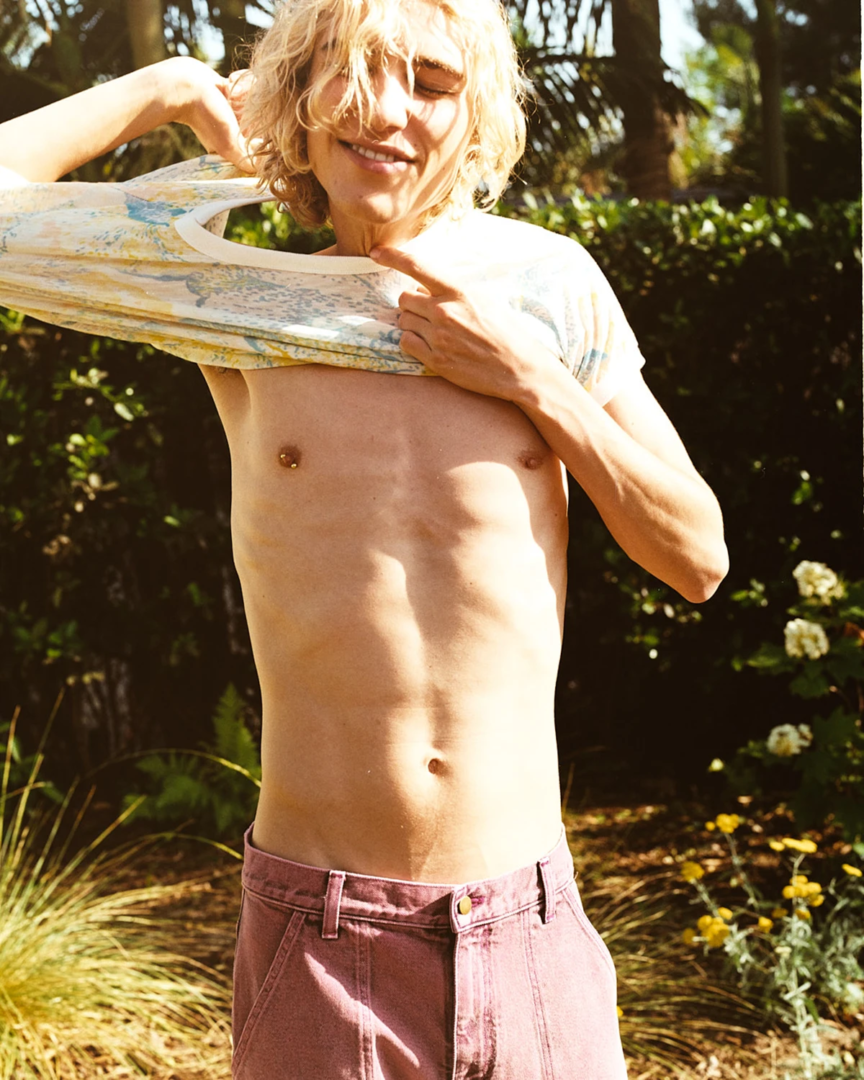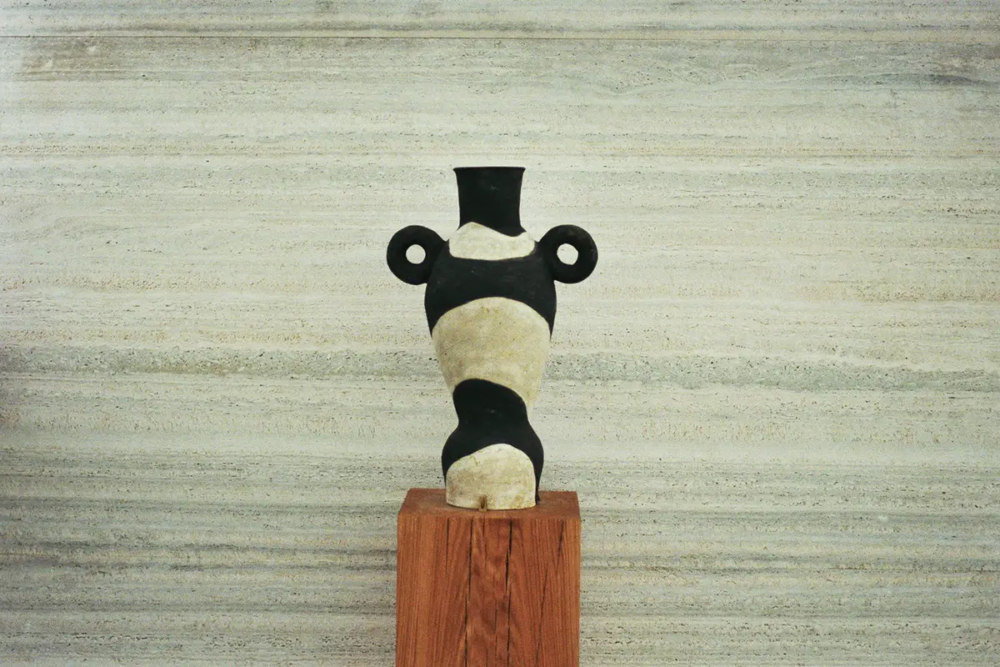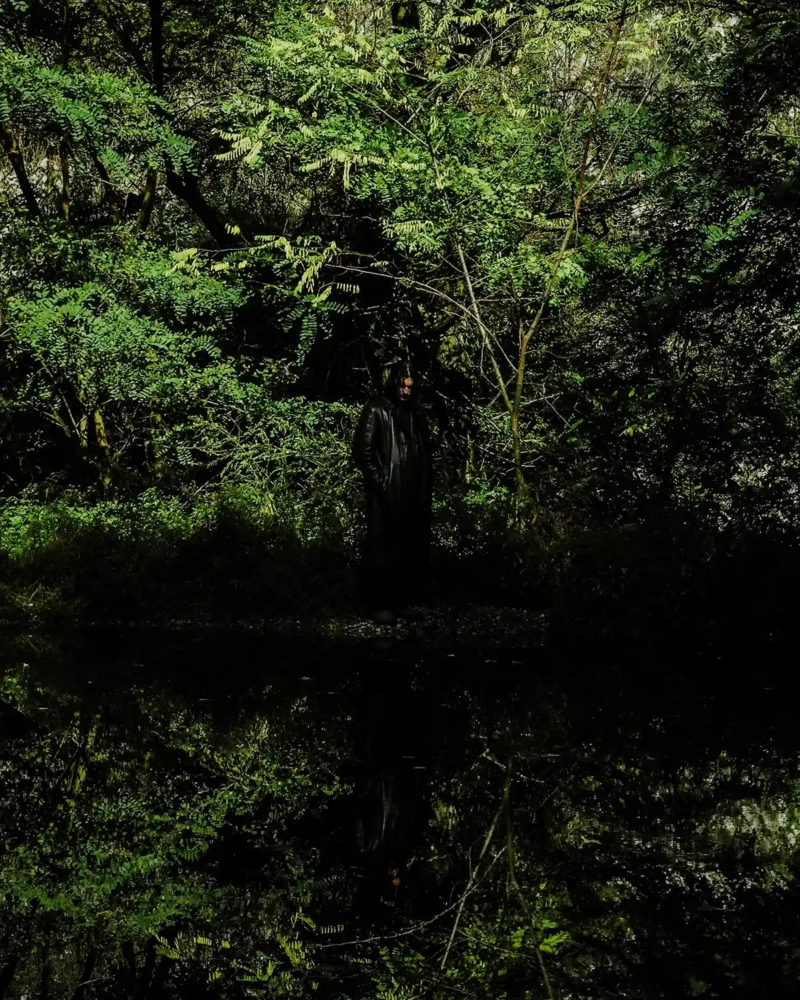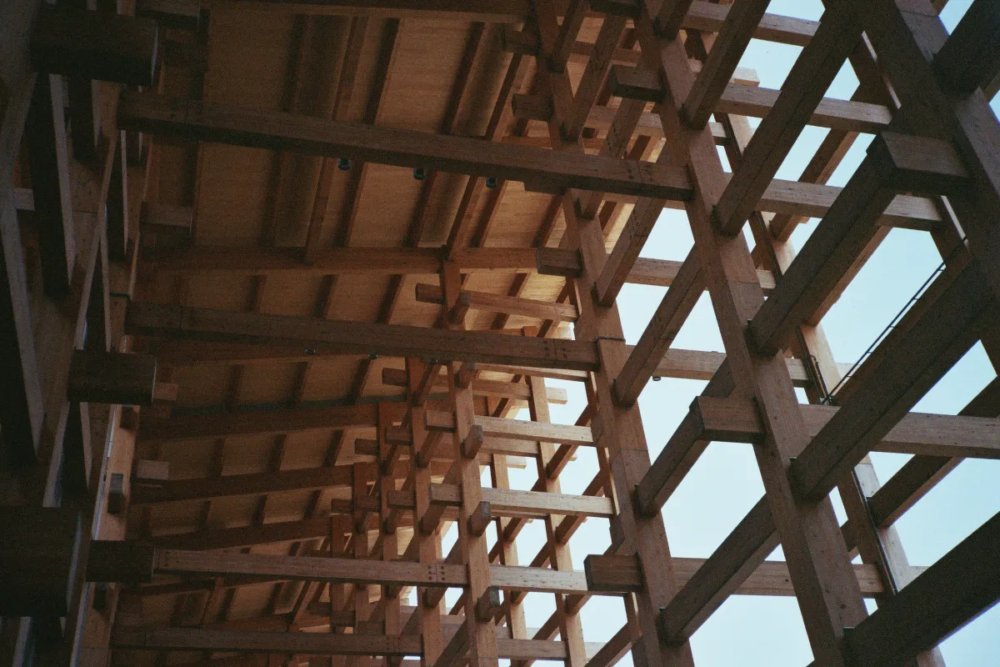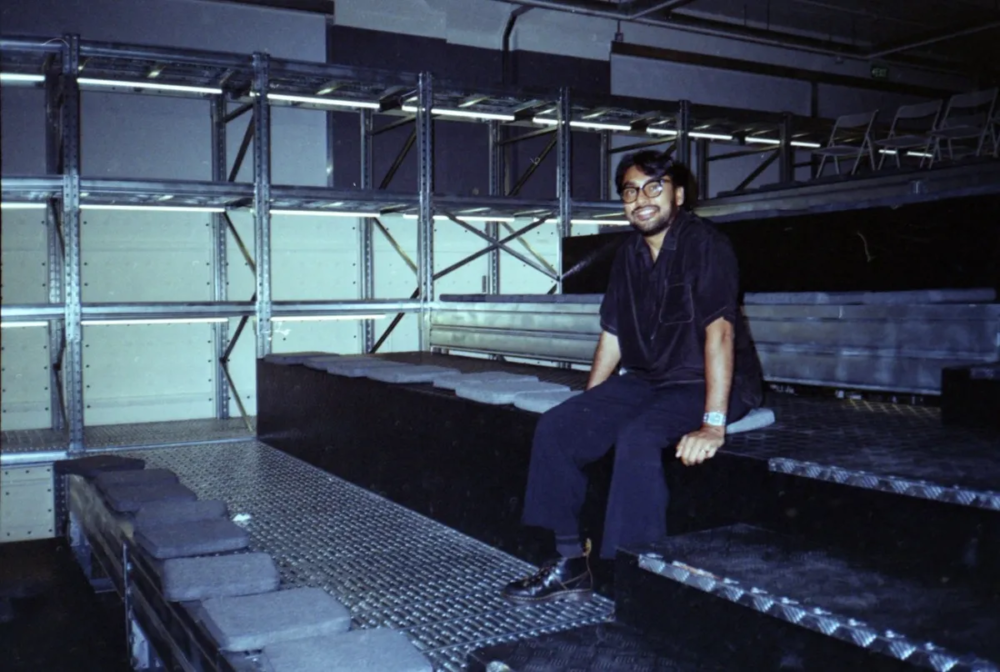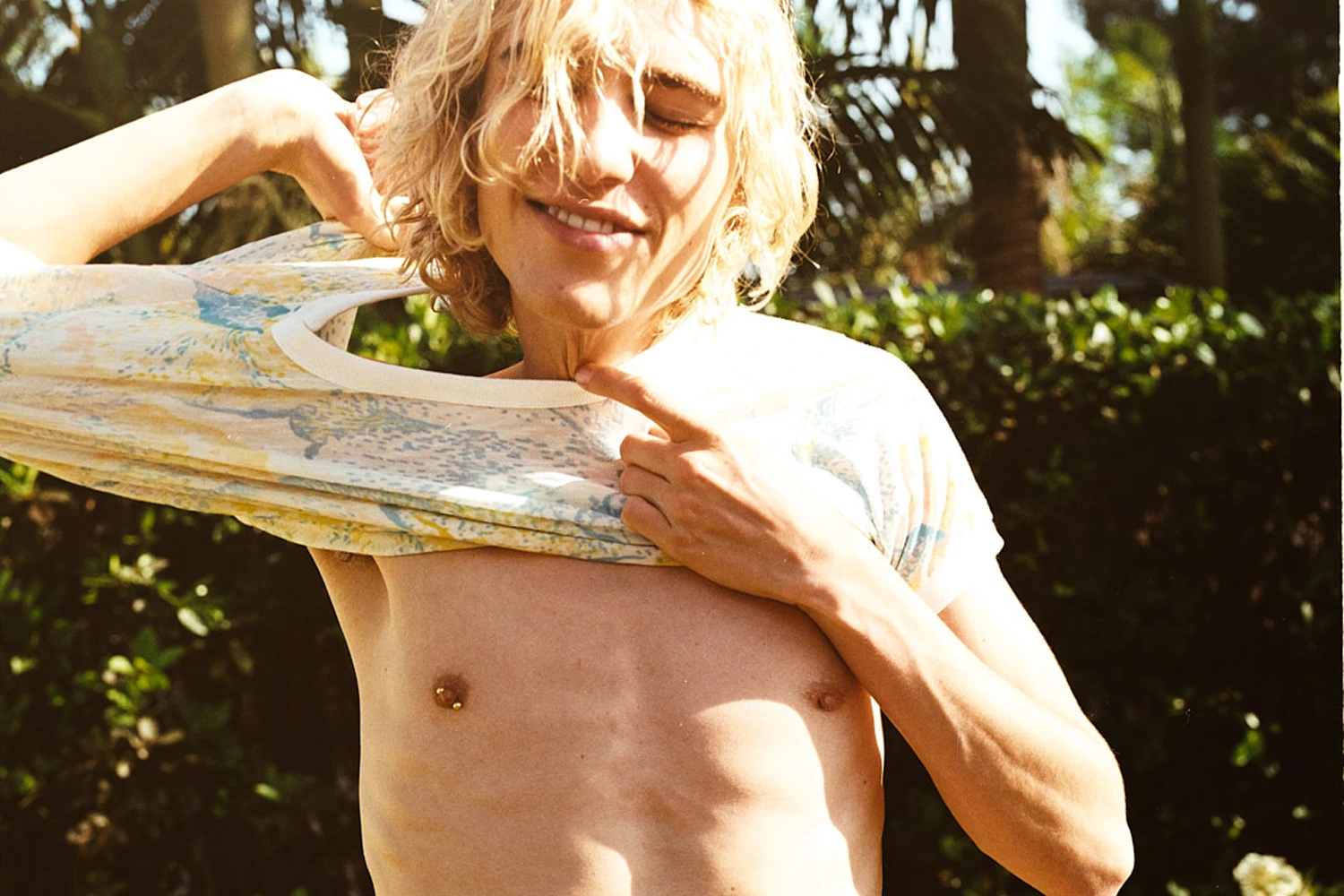
Sander Lak: navigating the industry with deadstock and smaller scale production
A conversation with Sander Lak on leaving Sies Marjan, exploring work beyond fashion, and returning with a label built on deadstock fabrics and creative independence
Fabric sourcing and sustainability: Sander Lak’s first capsule collection with deadstock inspired by Los Angeles
Sander Lak: For Capsule 1, we used deadstock from the factory in Portugal. The collection is about what Los Angeles feels like. My interpretation of LA.
We are doing things differently. What we are offering for our DTC website is something that we don’t plan ahead for. We are going with the flow. For example, for this collection we found some deadstock materials.
Instead of being completely calendar-driven, we have two main collections in January and June. That freedom is exciting and gives us some flexibility during the year to do other projects. It’s interesting to not know what the next thing is going to be in between our core collections.
It’s also exciting for our consumers to enjoy limited, spontaneous drops. That’s what luxury is for me. It’s like everything that you can’t buy at an airport or in every city that you go to.
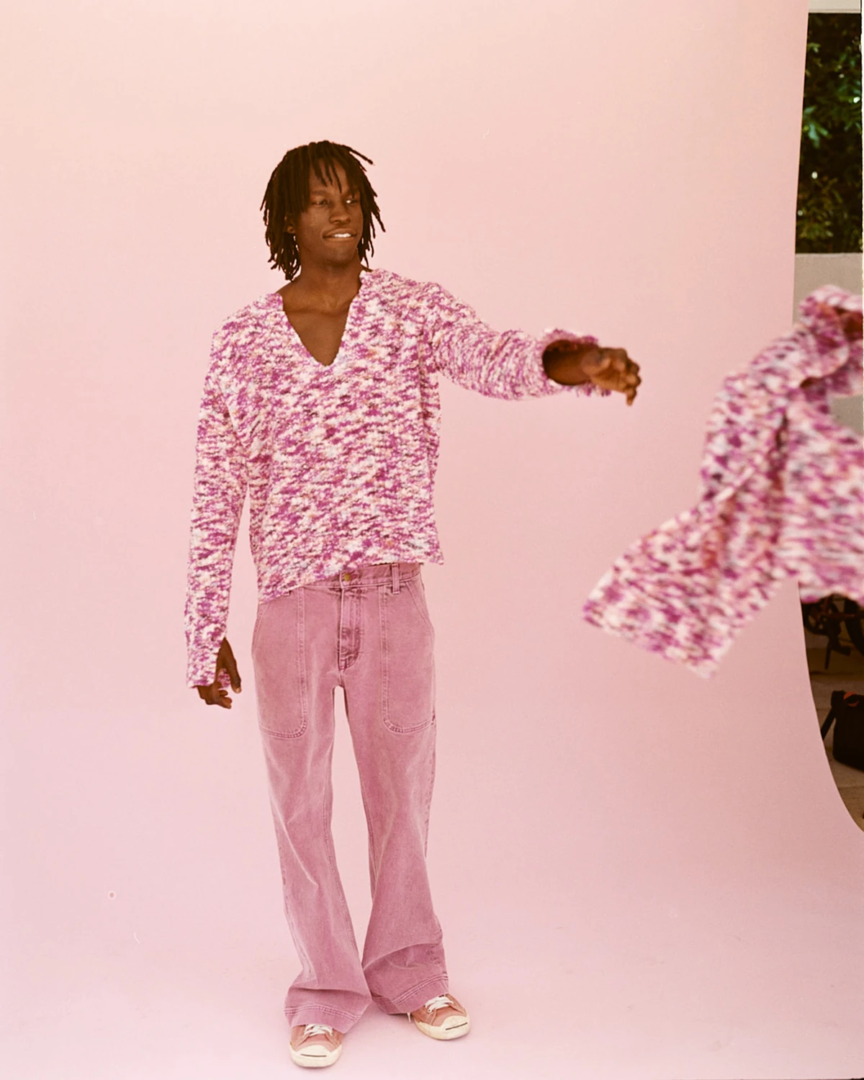
Working with fabrics: instinct, tactility, and material-driven design choices
Sander Lak: Lots of instinct and knowledge. I’ve been doing this for a while. When I touch a fabric, I can immediately imagine what types of garments will work and what won’t.
I consider what materials would look good in what color. It’s going through hundreds of fabrics and exploring what’s available in the price range we can afford. There are all sorts of considerations. In the end, it’s based on what would make the best garment at the right price, with the right mill, and the right processes. This is my starting point. I don’t think about clothes as much until I know what the fabrics are.
The fabrics he avoids: why lace does not fit Sander Lak’s design approach
Sander Lak: Lace is not something that I gravitate towards. I worked with lace at Sies Marjan and once at Dries Van Noten. I’ve already experienced that fabric. I don’t have to challenge myself with materials I don’t like.
Ecological responsibility and supporting local creative communities
Sander Lak: We try to be conscious. Our goal is to create a company that functions, thrives, and grows in a responsible way. A space that treats people the right way and where people are happy to work.
Producing location-based collections also means we work with local talents. Our campaigns or any kind of content have to be made in the environment that inspired the collection. For example, our lookbook was shot in LA with LA-based models, photographers, stylists, and so on. It’s about reinvesting in the communities that inspire our work.
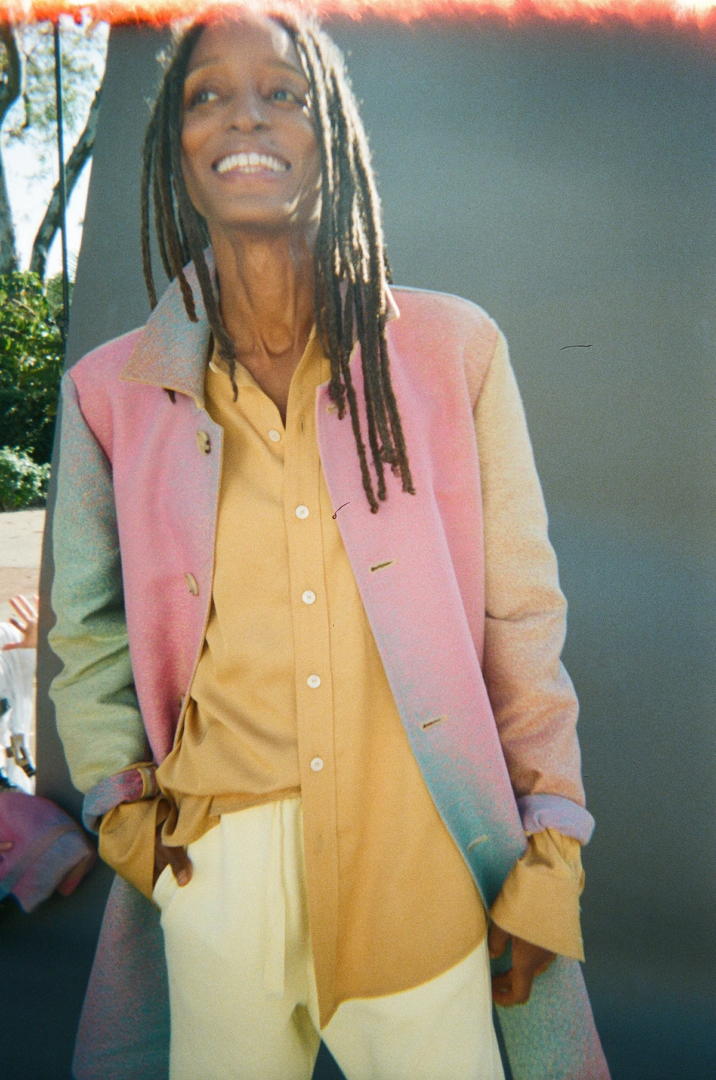
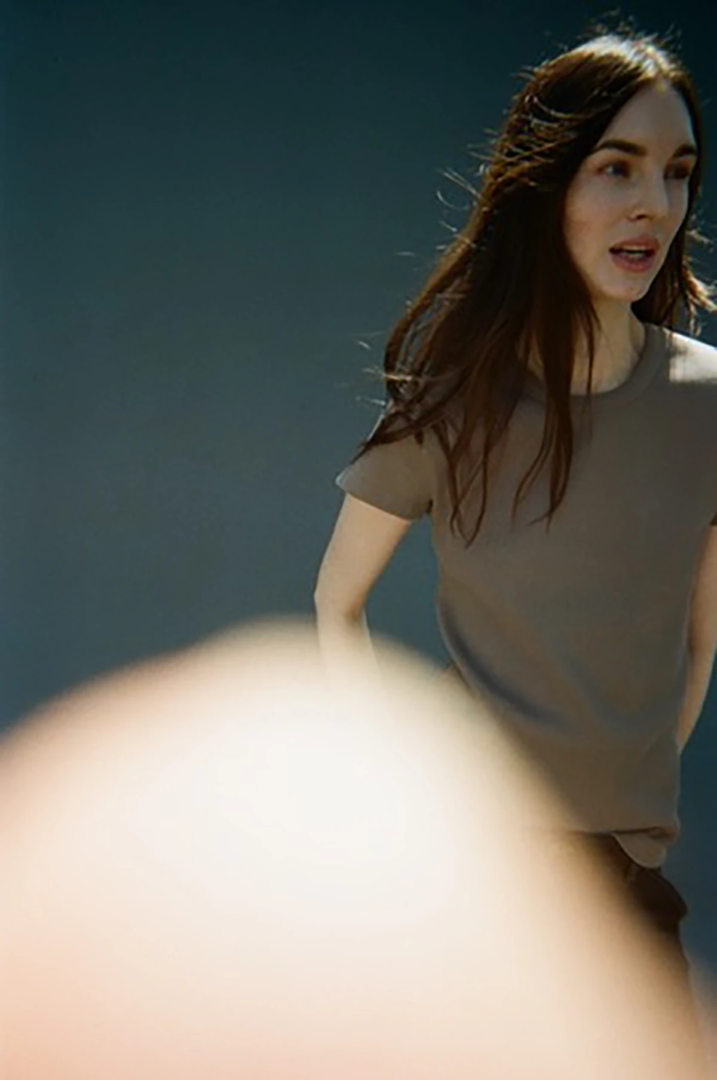
Defining the Sanderlak aesthetic: clothing as emotional and intimate experience
Sander Lak: There’s a joyful ease and grungy flavour to it. Slightly off-the-shoulder and slouchy. It’s a half-glass-full kind of mentality. A lightness that’s similar to how I live my life. It’s not about politics or expressing the pain of the world. We are highlighting the parts of life that are funny, beautiful, and easy.
It’s about how you feel comfortable in a place. If there’s a room in the house that Sanderlak represents, it’s your bedroom. That doesn’t mean that it’s loungewear or pajamas. A bedroom is intimate and joyful, and our garments evoke that feeling.
Interpreting locations and mobility: how living across continents shapes his perspective
Sander Lak: I’ve been living in New York for ten years. I was born and raised like a nomad. Every couple of years, we would move from one side of the world to the next. For me, it’s easy to observe a place and get a feeling of the flavour. I might not fully understand its history or politics but I’ll be able to understand the feeling of it and how people communicate. The little stuff that I’m observant of. That comes naturally to me.
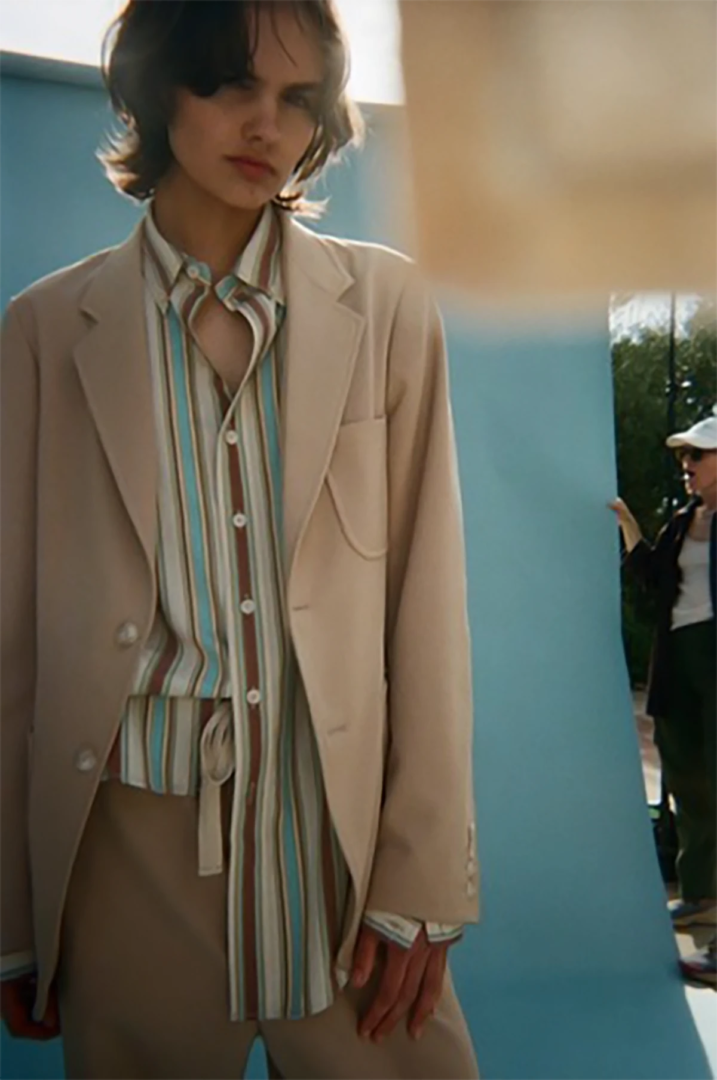
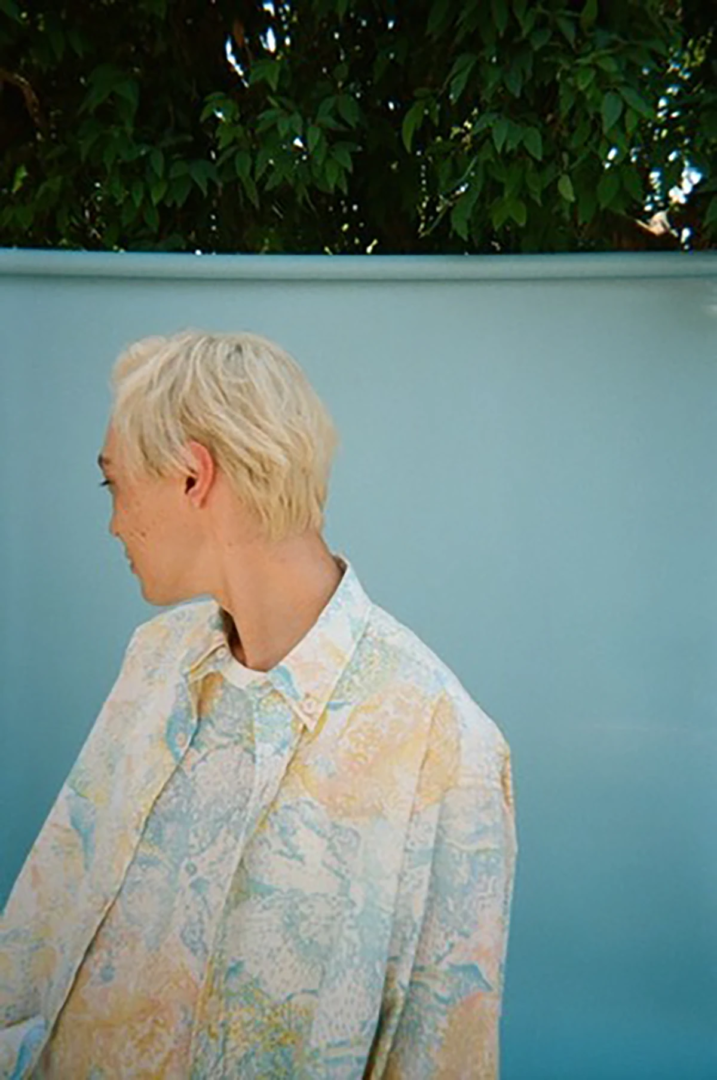
Dutch candor and directness: how cultural identity informs communication and design
Sander Lak: There’s an unfiltered and raw part of how Dutch people communicate. When you said that word, I thought about that part of me. My friends and family in Holland. Unfiltered, expressing everything, and hard on their sleeve. My work is direct. I’m a Dutch person in hiding. I didn’t grow up in Holland, and I didn’t spend the majority of my life there. I’m a foreigner in that sense.
It’s not a visual thing; it’s more about how I communicate and my thought process. I’m straightforward about what I want and need. What you see is what you get.
Stepping away from fashion and returning after five years: ego, lessons, and new creative pursuits
Sander Lak: Launching Sanderlak is more of a come-through. Comeback is a funny word. I understand where it comes from and why it’s being used. Stepping away from the industry machine was freeing. I’d never done anything else. I’ve been very lucky in that sense. I went from a Bachelor’s degree to a Master’s degree, to working for other people, to starting my own brand. I’ve worked hard and compromised some things in my life to get where I am, so it’s not just luck.
Ego is interesting. Your ego can get inflated with success. It’s eye-opening to have that dismantled. In the end, you’re just a piece of shit like everyone else. You’re not anything more just because you won an award or just because a celebrity is supposedly your friend.
It’s a lesson to learn when everything stops. It was the healthiest decision for me to reshuffle. Then I figured out that I do want to return because, for a while, I thought I was done. Jumping back is more of a realization that feels like a want as opposed to a need. I didn’t need anything. I was already two feet into a film script and directing a movie, doing a graphic novel, and working on furniture fabrics. I was doing other stuff, so I didn’t need it but I felt like I wanted it.
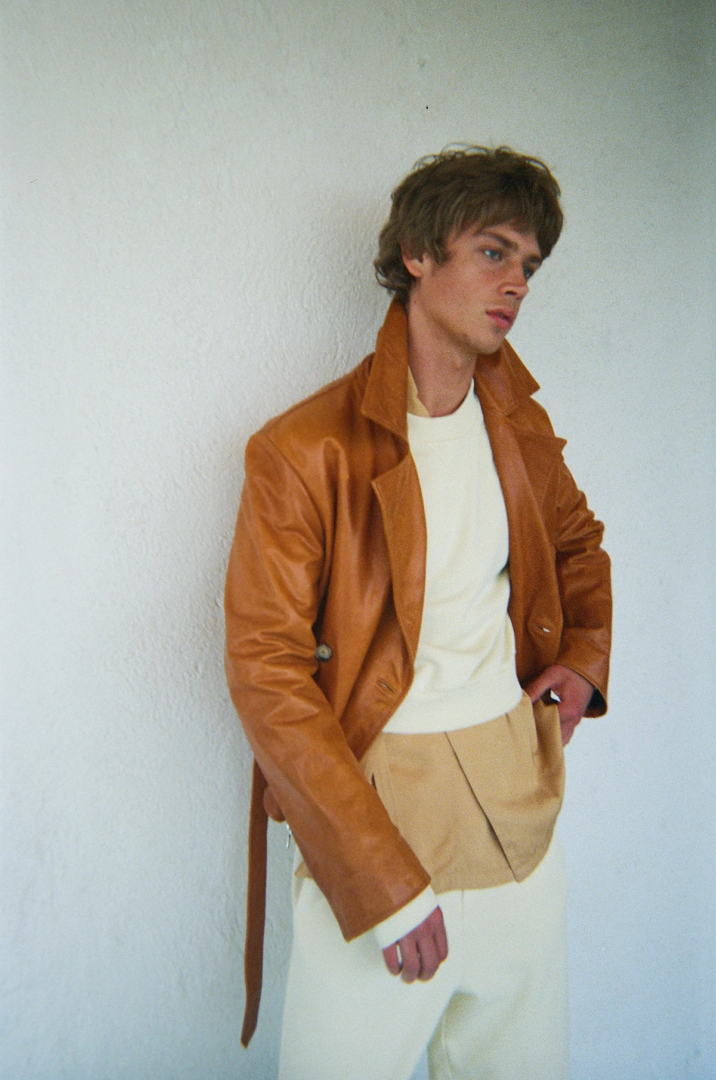
Putting his name on the brand: why Sanderlak is personal yet distinct
Sander Lak: Using my own name felt definitive like it’s the final word. It was the most honest thing I could do. This is the best way to show what I’m capable of. More than having a blank slate somewhere or a huge machine or filling in a frame that has been set out by somebody else and putting my spin on it. I don’t have any of that, so this is me naked on the square asking for attention. That felt like the scariest thing and therefore the thing that I needed to do. I tend to do what scares me the most. I called it Sanderlak as one word because I wanted to make a separation between me and the brand.
Small scale, big ambitions: navigating funding, challenges, and the fashion system
Sander Lak: The biggest challenge came before finalizing everything. That weird limbo stage where the idea is there, and you’re looking for funding. You want to start, but it needs to be the right moment and setup. On a daily basis, there’s plenty of challenges. It’s complicated doing things on a small scale but having big ambitions.
I come from the old school upbringing of being purely a designer, not a celebrity. I see myself more in that designer category which is not enough anymore. You have to play the fashion game, attend events and so on though I prefer making clothes. Events can be enjoyable, but it takes a certain amount of energy. It was good not to have to do it for a while.
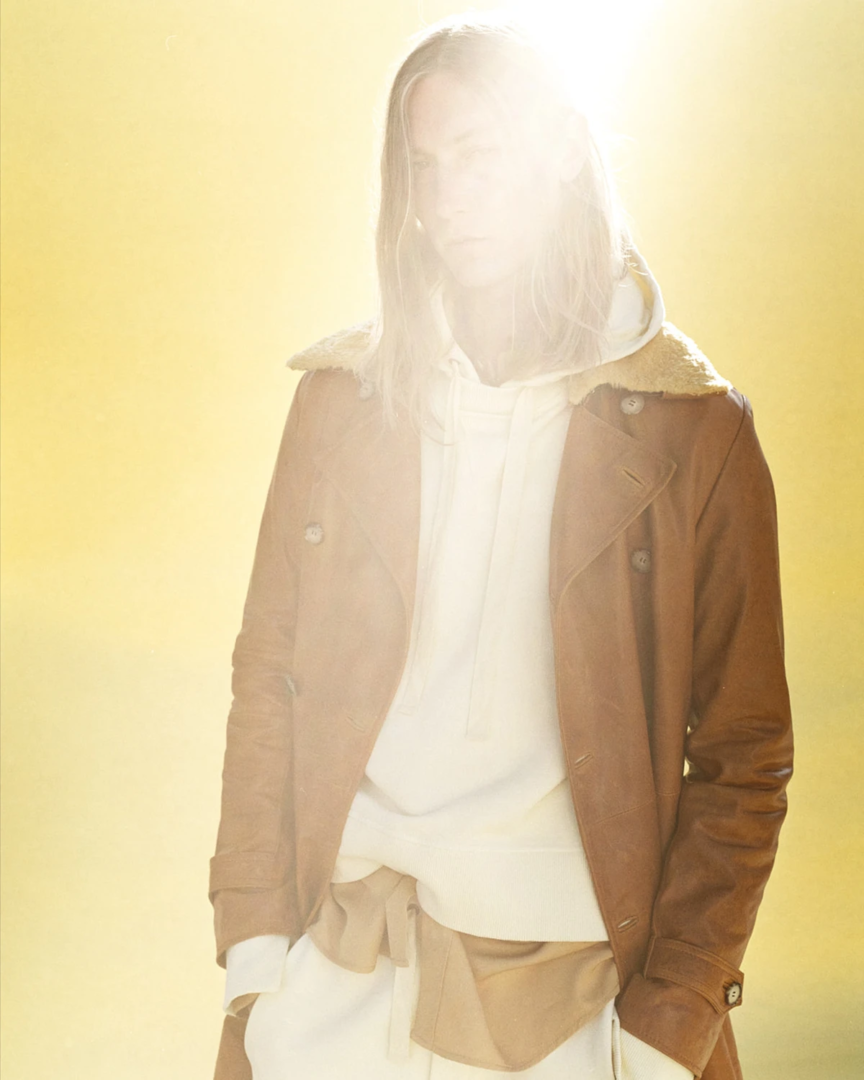
Rethinking the fashion calendar: limited yearly collections and flexibility in production
Sander Lak: One of the reasons I wanted to do location-based collections is to have some control. There are ways I’ve worked before that were built around certain systems. Some of it I agreed with, and some of that stuff I’m not sure if it was the right thing. I wanted to ensure that if I do this and it has my name, it’s in a way that makes sense to me.
One of the things I was frustrated by was the amount of newness that continuously needed to be milked. The majority of that was not even to sell more. It was just because it’s something we need to do as an industry. That’s the thing I was getting exhausted by. Creatively, it wasn’t fruitful. Working a full year on one subject matter gives me a way of going deeper. Before, it seemed like I was touching the surface of things because seasons go by so fast.
There’s something meaningful about having done one full collection. We are working on a second collection that’s going to be presented in January. It’s still the same subject matter, but we are diving deeper. It feels like a better way of working.
I set up the company in a flexible way. It’s not about having a huge office with an atelier and many seamstresses, seamsters and pattern makers. This is something with a flexibility to it and we can pick up and move if we need to. We can have people work freelance or work directly with the factories. It’s going against the idea that a functioning fashion machine needs to be big. We are doing things on a smaller scale compared to other brands but we are making the same kind of products.
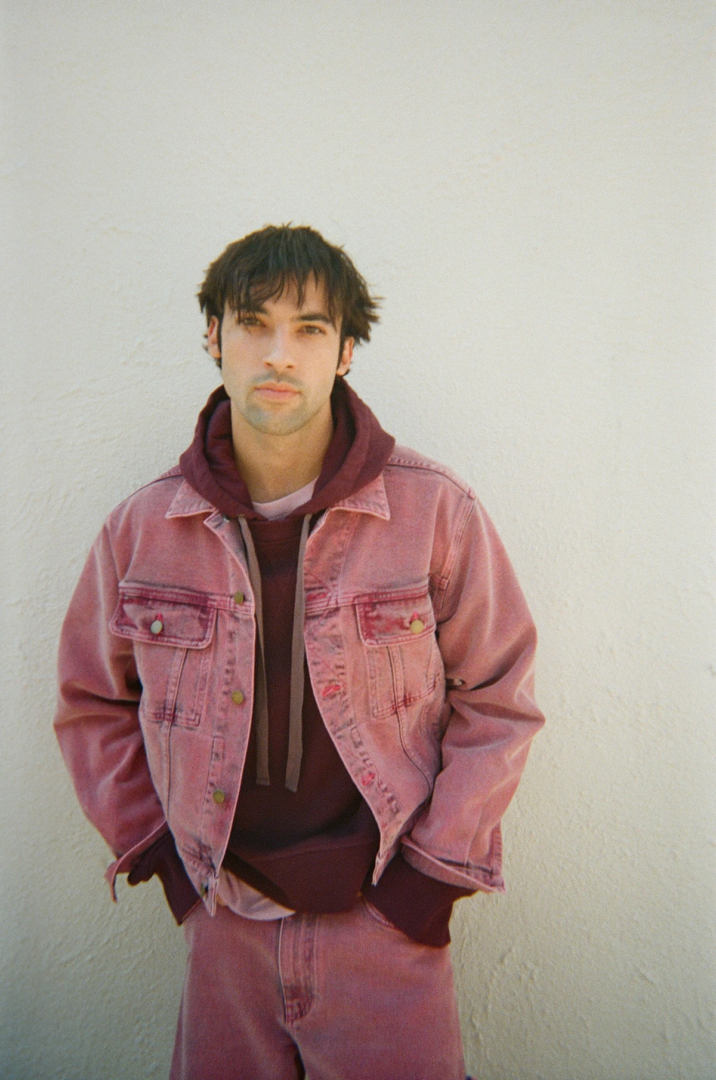
Lessons from Balmain and Dries Van Noten: two different schools of fashion
Sander Lak: I learned the most at Balmain. This was during Christophe Decarnin’s tenure, so it was a long time ago. Olivier Rousteing and I worked together under Christophe. That was a crazy two years that I spent there. Balmain was the hottest brand at that moment. At the time, their company structure wasn’t built for that kind of popularity. There was so much tension and hostility. I learned to work under pressure, mainly designing menswear, which was new at the time. I loved my experience there.
Dries Van Noten was more aligned with how I envisioned things to be. There was less learning. The job was easier and aligned with how I approach things. They were completely different experiences. Both those worlds have been instrumental in my journey.
Between New York City and upstate: Sander Lak’s dual lifestyle and sources of balance
Sander Lak: I exist in two worlds: upstate and city life. Upstate is my sanctuary. It’s quiet and I get to be surrounded by nature and animals.
New York is this ginormous city that keeps pulling me back in. I like the idea of living in a busy and vibrant place where doing nothing feels intentional.
I enjoy being alone, sleeping, eating, and watching movies. After a busy day, the last thing I want to do is hang out with people.
Sander Lak is an award-winning Dutch creative based in New York. Born in Brunei, Mr Lak spent his formative years in Malaysia, Gabon, Scotland, and the Netherlands. He holds a Master’s degree in menswear from Central Saint Martins. Lak previously founded and designed Sies Majarn from 2016 to 2020. His eponymous brand was launched in 2025.
Text: Innocent Ndlovu
